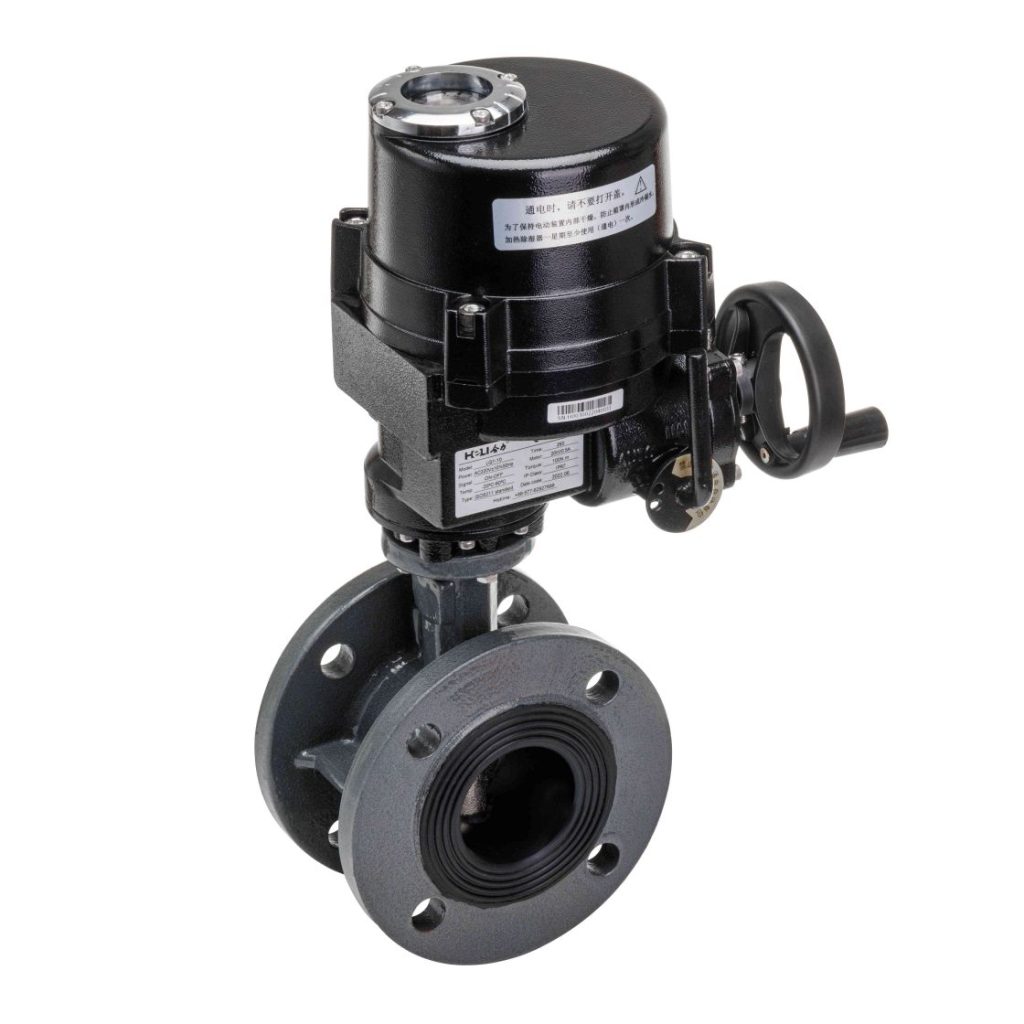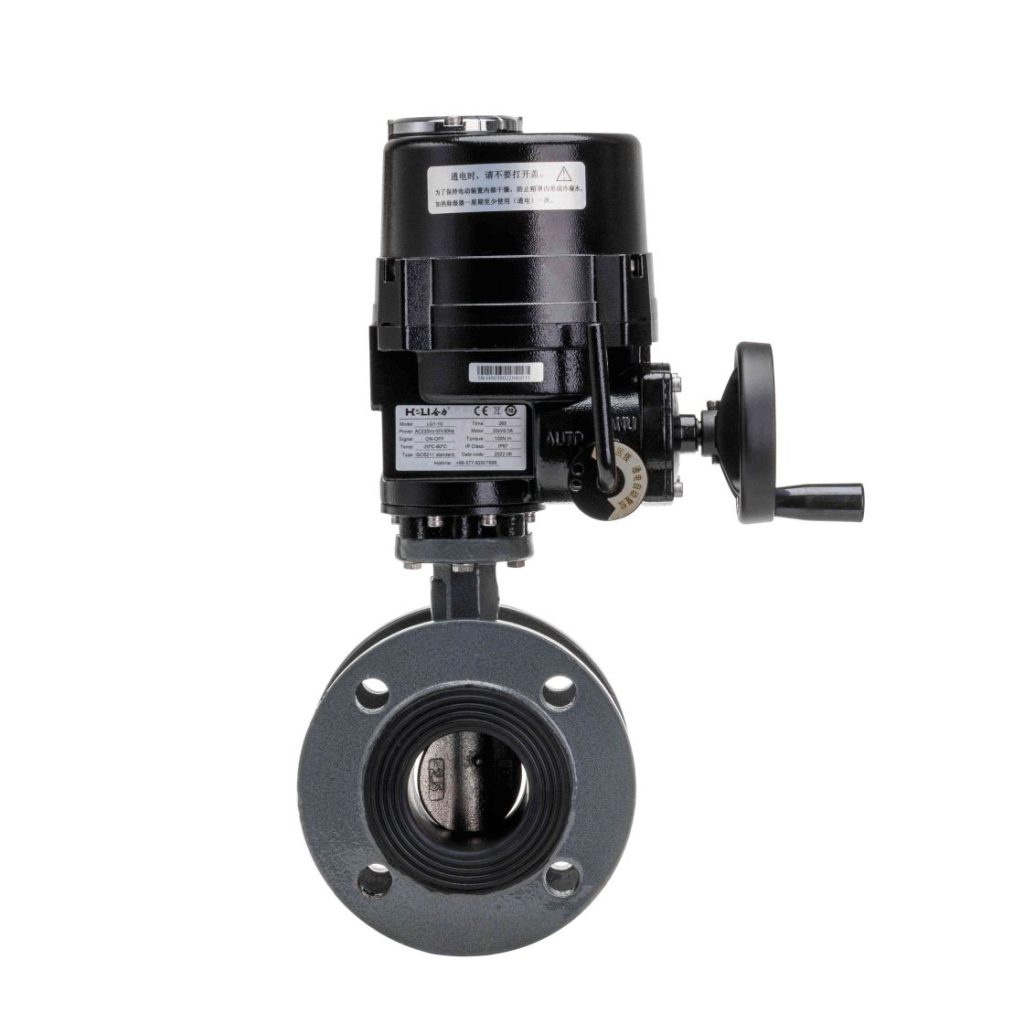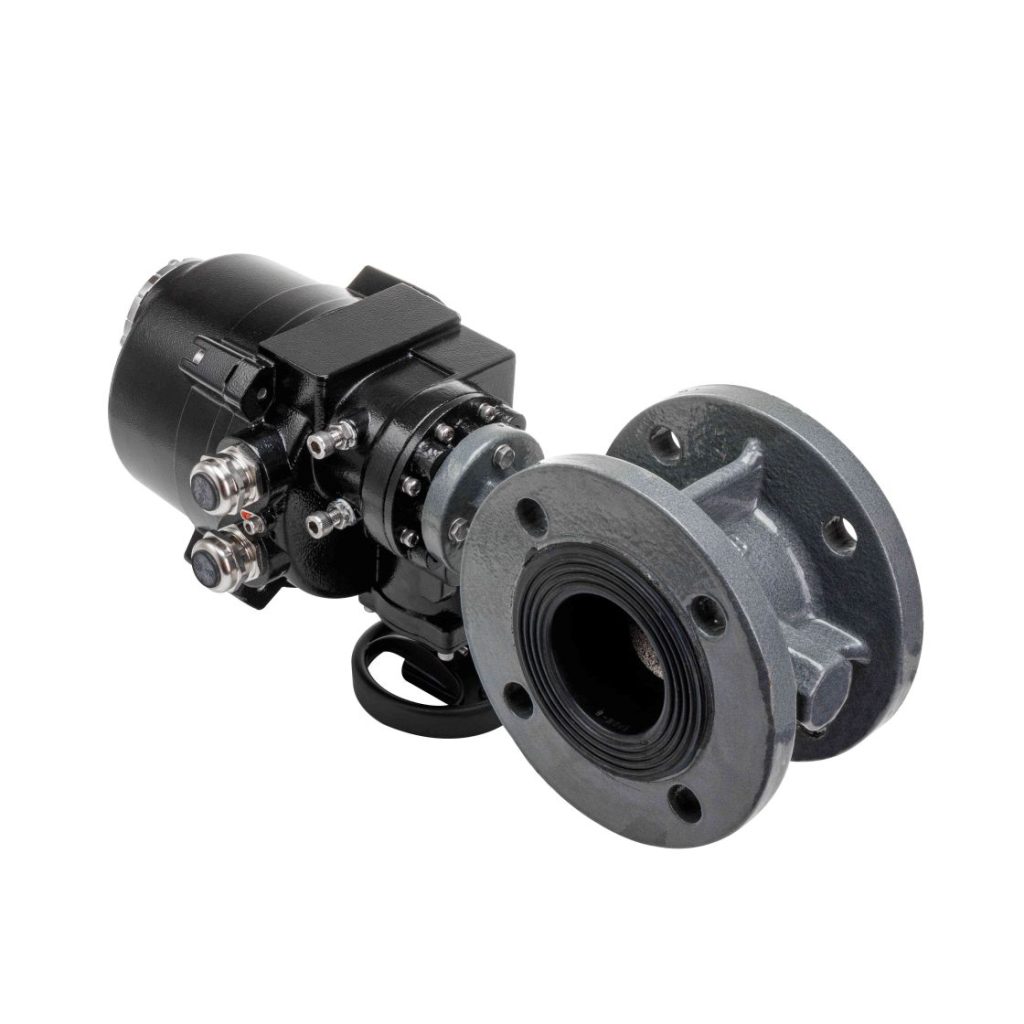Electric ball valves are crucial components in modern industrial automation, offering reliable and efficient control over fluid flow in various systems. These valves combine the robust design of traditional ball valves with the precision and ease of use provided by electric actuators. This article delves into the functionality, advantages, and applications of electric ball valves, providing a comprehensive understanding of their role in today’s industries.

What is an Electric Ball Valve?

An electric ball valve consists of a spherical disc (the ball) with a hole through its center, which regulates the flow of fluid when turned. Unlike manual ball valves, which require physical effort to operate, electric ball valves use an electric motor to control the valve’s position automatically. This feature allows for remote operation and integration with automated control systems, making them ideal for applications that require precise flow control and minimal human intervention. How Electric Ball Valves Work The operation of an electric ball valve is straightforward. The electric actuator is connected to the valve and controlled via an electrical signal from a control system. When the signal is received, the actuator rotates the ball within the valve to either open or close the flow path. Electric ball valves can be designed for various configurations, including two-way and three-way valves, allowing for flexible integration into piping systems.

Leave a Reply